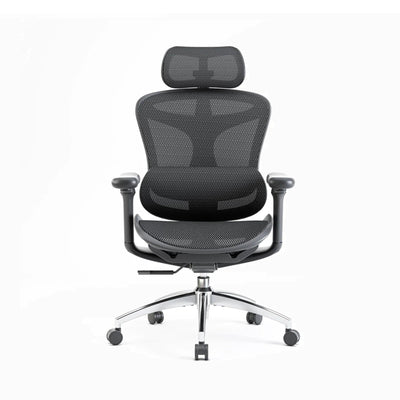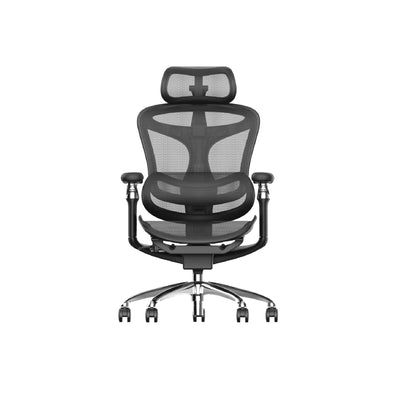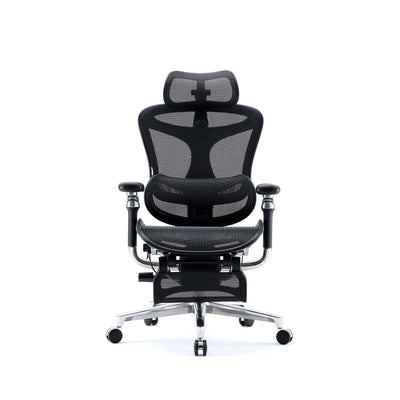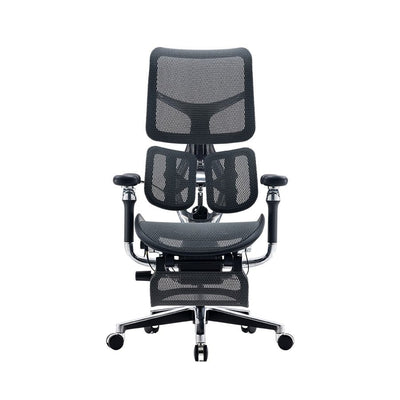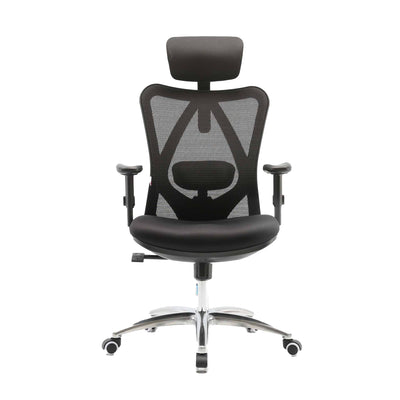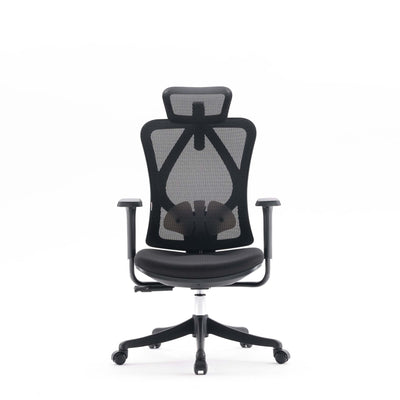
Let’s face it: sitting for eight hours straight, or slouching over a laptop each day, invites posture problems. Many of us ponder: are posture correctors good for you in the long run? What do the experts truly advise?
Why posture correctors attract attention
Posture correctors promise a shortcut. You clip on a brace or strap, and it “forces” your shoulders back and aligns your spine. Some devices vibrate when you slouch; others tug gently as reminders. In an instant, the idea of a simple device helping posture seems magical.
Many people pair them with a sleek ergonomic office chair or swap out their standard seat for its more refined alternative. After all, if your office chair is comfortable and supportive, adding a posture corrector feels like a sensible next step. Some even call a premium option from Sihoo the perfect companion to their work setup.
At first glance, they seem like allies. But is long-term use wise?
What the evidence says: cautious optimism
First, the science is limited. Experts often call posture correctors “tools” rather than cures. A review of posture-correcting shirts found small posture changes and pain relief in some participants — but the studies had major flaws. Authoritative voices warn that we shouldn’t overvalue them. Source: The Washington Post
In Australia, spinal and rehabilitation professionals often treat these devices as short-term aids, not long-term solutions (Sydney Physio Clinic). Some warn that relying too heavily on them may weaken core stabilisers over time (Kings Park Chiropractic)
In sum: they might help initially — but long, continuous use is contested.
What risks lurk in long-term use?
1. Muscle dependency and weakening
Routinely leaning on a support can discourage your muscles from working. Over time, your core, back, and postural muscles may atrophy — you lose “use it or lose it.” (Sydney Physio Clinic, mychiro.com.au, Kings Park Chiropractic)
2. Reduced adaptability
Your body benefits from microshifts in posture. Rigid restriction over long hours may reduce your ability to self-adjust and adapt to small movements.
3. Skin irritation and discomfort
Straps, seams, and pressure points can irritate skin, especially if worn tightly or in hot weather.
4. False security
One danger is that you feel “protected” by the device, and skip strengthening work or ergonomic tweaks. Overconfidence can undermine lasting change.
5. Cost with uncertain payoff
You invest in a device without clear assurance of sustained benefit. Some experts call posture correctors a “gimmick” in many cases (The Washington Post).
Hence, long-term use is not without caveats.
How to use one smartly (if at all)
If you choose to try a posture corrector, experts suggest a plan that uses it sparingly and wisely:
-
Limit duration
Start with 15–30 minutes per session. Work up to 1–2 hours daily maximum. Avoid wearing it all day (TAFE Courses Australia, Kings Park Chiropractic, Leonisa United States). -
Use it as a reminder, not a crutch
The corrector’s goal is to cue your awareness. You should actively resist slouching even while wearing it. -
Phase it out
As your posture awareness and muscle strength improve, reduce wear time until you no longer need it. -
Monitor your body
Watch for discomfort, muscle soreness, or skin issues. If something feels wrong, pause and reassess. -
Consult a professional
Physiotherapists or chiropractors can assess your posture, prescribe safe corrective exercises, and guide proper implementation.
Some spinal health professionals in Australia consider posture correctors as secondary tools in a full rehabilitation framework (TAFE Courses Australia, Sydney Physio Clinic).
What actually works (for the long haul)
To sustain good posture, experts consistently point to foundational strategies that outshine gadgets:
1. Strength and resistance training
Focus on core muscles, the upper back, glutes and rotator cuff groups. A strong muscular scaffolding reduces dependency on external aids (Sydney Physio Clinic, TAFE Courses Australia).
2. Mobility and flexibility exercises
Stretching tight areas — chest, hip flexors, neck — helps your body retreat from slouching postures.
3. Frequent micro-breaks and movement
Every 30–60 minutes, stand, stretch or walk. Even short shifts during work protect against static posture fatigue.
4. Ergonomics over gadgets
A well configured workstation, including a quality and best ergonomic chair with proper lumbar support, is far more valuable than a corrector (Sydney Physio Clinic, WPH Physio). Adjust monitors, keyboard, chair angles — these make lasting difference.
5. Posture awareness and habit building
Mindfulness, cues, mirror checks, and posture drills help internalise proper alignment without external gear.
6. Progressive habit changes
Set realistic goals: better posture during key tasks (e.g. typing, reading) first, then expand to general stance and walking.
These strategies build resilience rather than dependence.
Are posture correctors good for you?
Return to the central question: are posture correctors good for you long-term? The short answer: rarely on their own. They can be helpful in limited, measured contexts. But they carry risks when overused as a sole solution.
In healthy users, the corrector can serve as a training tool. In people recovering from injury, a clinician might prescribe one briefly. But for general, everyday use, most experts lean against permanent dependence.
If you currently use, or intend to try, one — do so with a plan. Combine with strength training, movement, ergonomic adjustments, and professional guidance.
Remember: real posture change comes from the muscles you build, the habits you nurture, and consistent motion — not a strap (or chair) doing the work for you.




